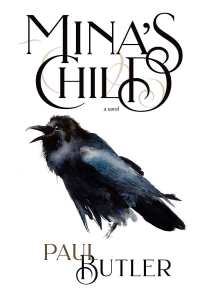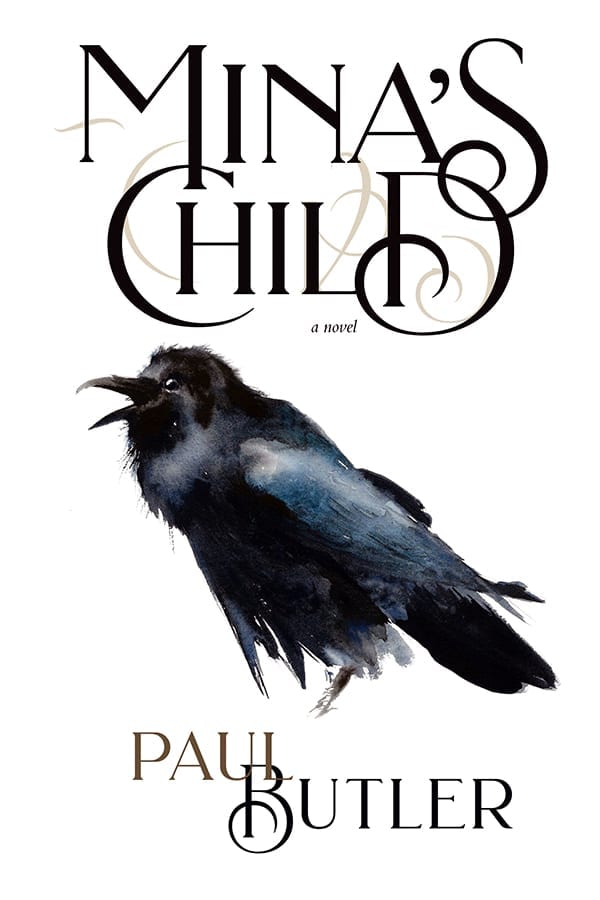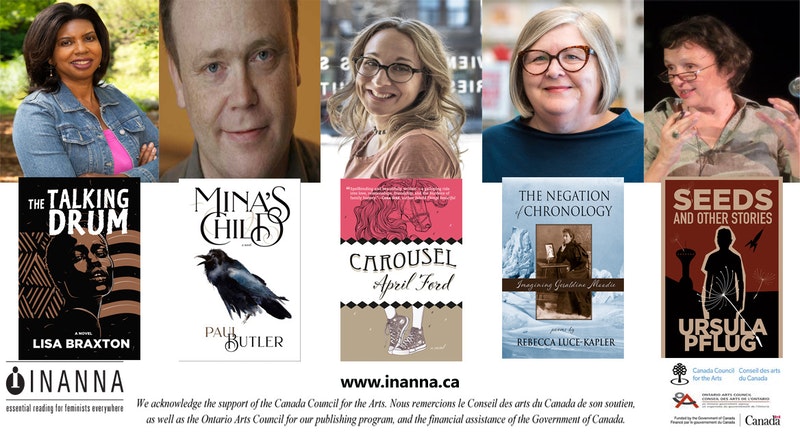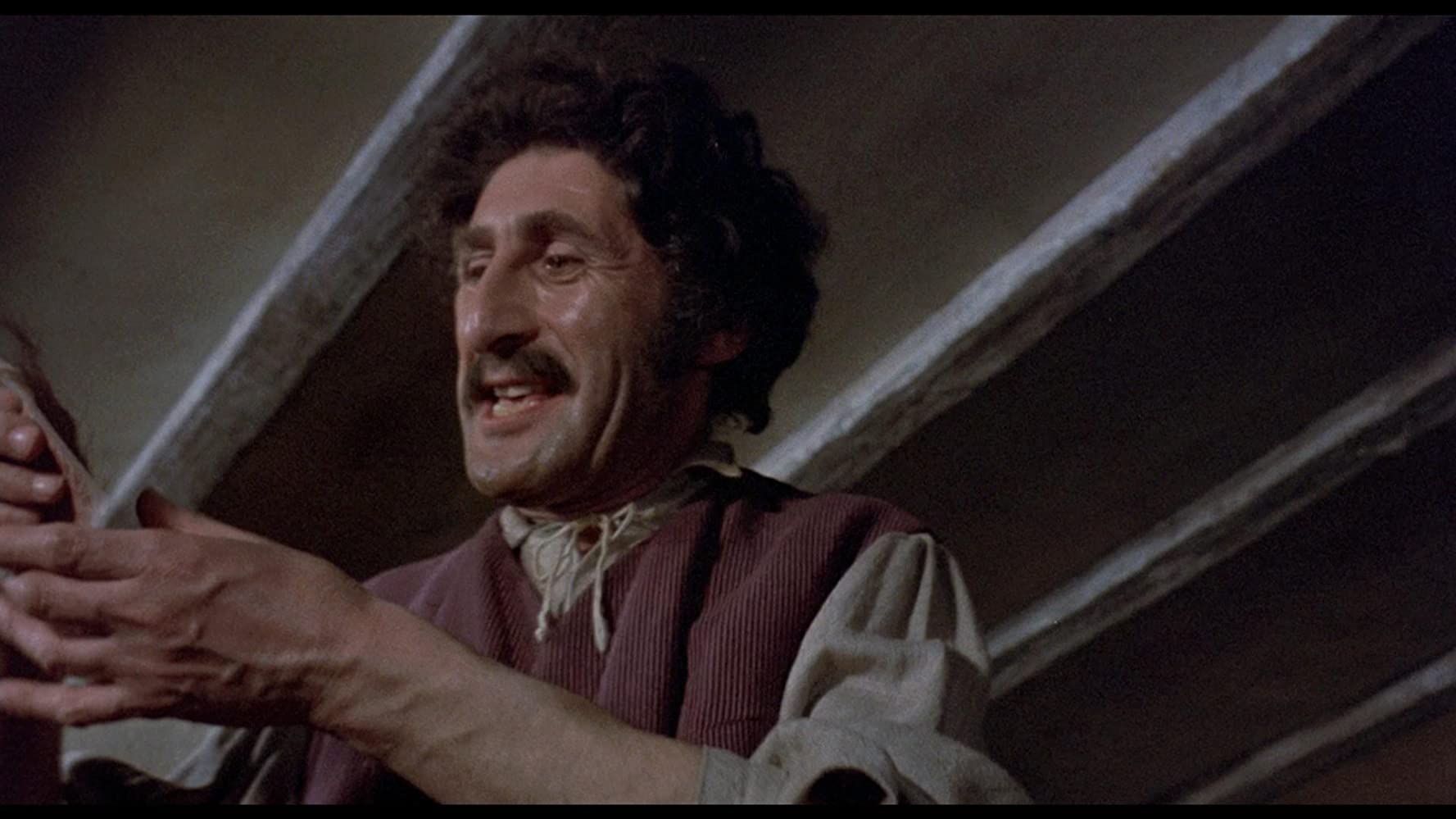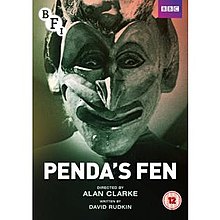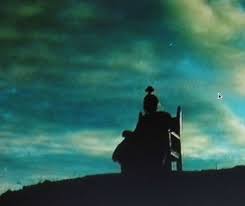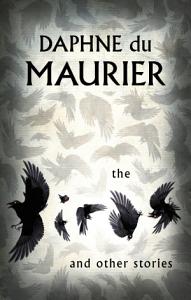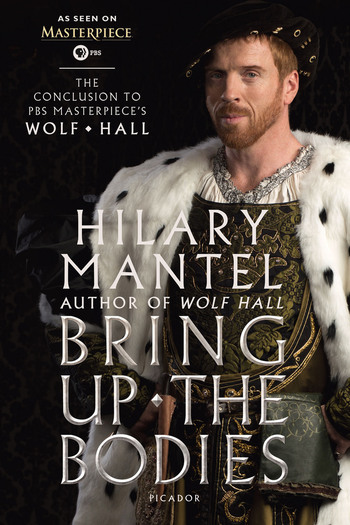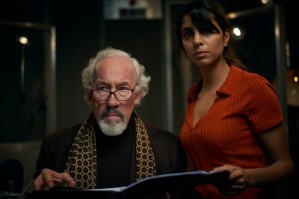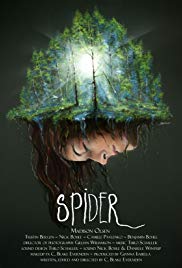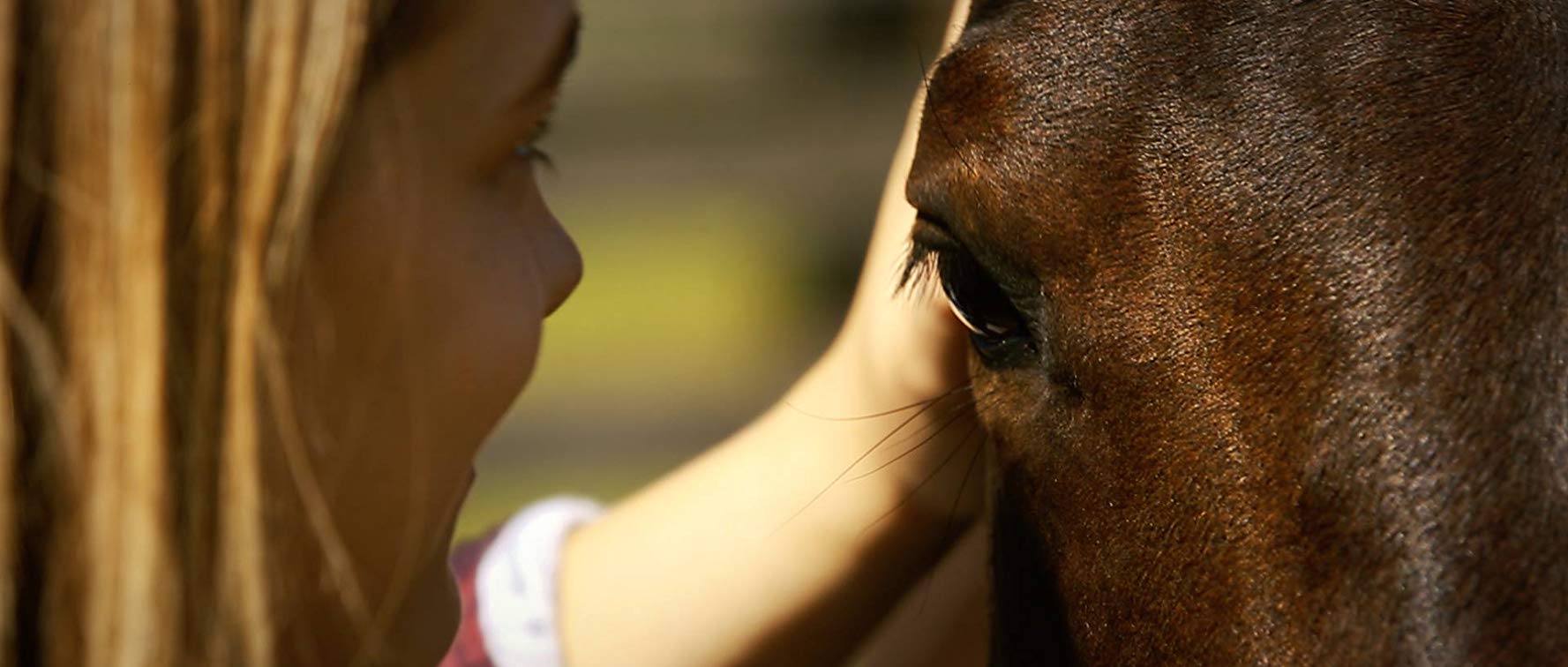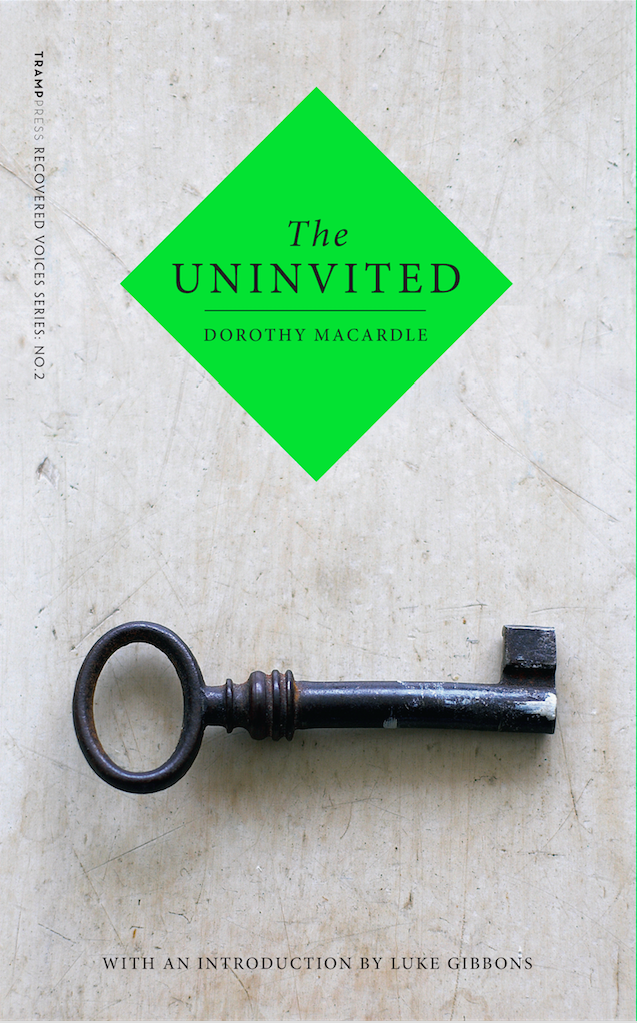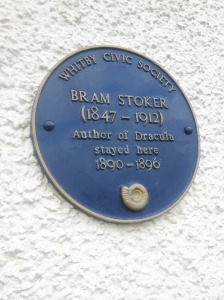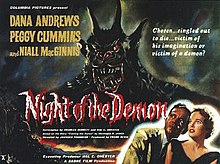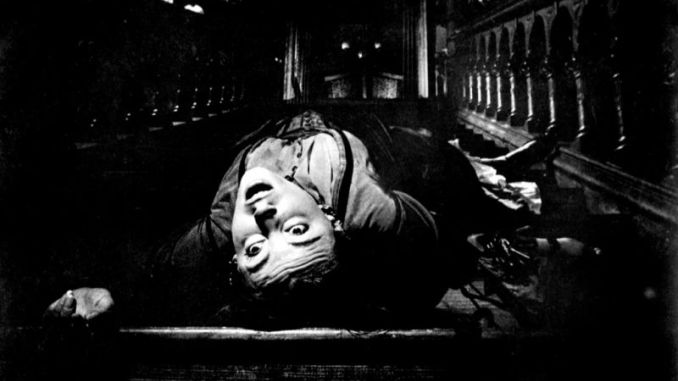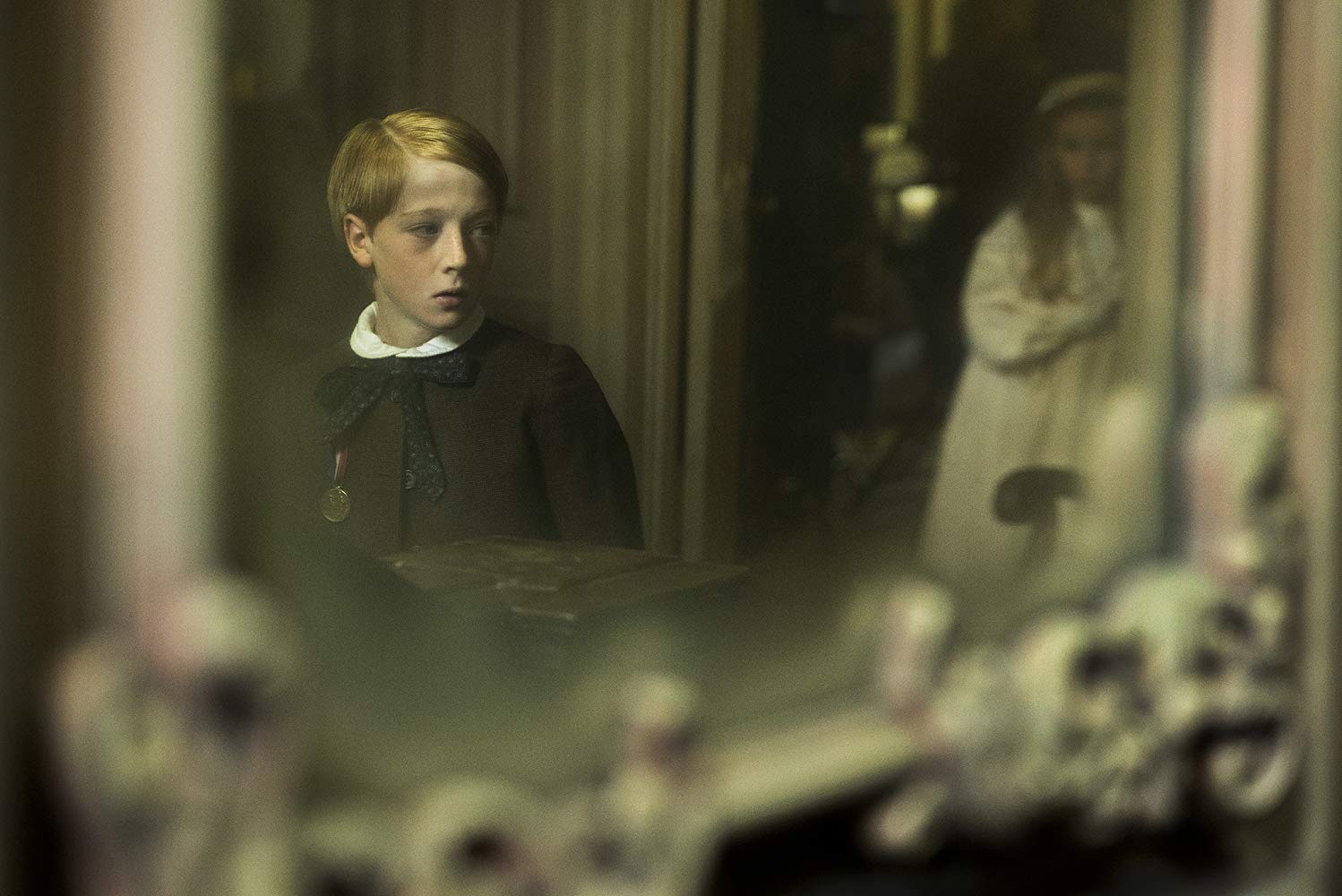If the supernatural novel or short story is the most challenging type of fiction, what can be said of the supernatural memoir? If, like the first of the entries below, it’s the kind of memoir that seeks to convince the reader, then mere suspension of belief isn’t enough. Literary devices, like foreshadowing and suggestion, are likely to prove not only redundant, but counterproductive.
Little Strangers and Haunted Mansions
The most striking thing about Guy Lyon Playfair’s This House is Haunted: The Amazing Inside Story of the Enfield Poltergeist (published in 1980, and reissued by White Crow Books in 2011) is the absence of any of any such literary tricks. This is entirely deliberate on the late author’s part. Playfair, an experienced journalist with a special interest in psychical research, warns in the preface that those looking for the “exotic thrills” of the horror genre will be disappointed. “This,” he says, “is because This House is Haunted, plot, dialogue and all, is true. And while truth may be stranger than fiction, as indeed it can be, it is also far less well organized.”

This story has repetition. It has questions without answers. The answers that do come seem to contradict each other. And, inevitably, there is anti-climax as the big question of causation remains hanging.
Playfair’s memoir follows the story of a family living in a council house in the north London suburb of Enfield during a fifteen-month period between 1977 and 1978. Janet, who is eleven when the story begins, is the younger of two sisters and the apparent centre of an incessant series of poltergeist occurrences. Some of these — being flung out of bed, for instance — might easily be explained by a psychologist as an example of ‘acting out’, conscious or otherwise. The home in question, though loving, is also a broken one. The father of the children turns up once a week with maintenance payments. Playfair notes that the happenings seem to become worse around the time of these visits.
Some of the events, on the other hand, do not have explanations that fit within the known laws of physics. Marbles and toys are thrown across rooms when no one is near. Banging and thumping noises come from within the walls or under the floorboards, and chairs move across the room on their own. These events are witnessed by the family, neighbours, journalists, several members of the Society of Psychical Research, and even by a police officer. Several of these people have a vested interest not to seem gullible. Their testimony, which was also recorded independently of Playfair’s book, is compelling.
Playfair, together with inventor-turned psychic investigator, Maurice Grosse, camps out day after day, week after week in the stricken home. They witness escalations and occasional lulls in activity. While they record each instance with scientific vigour, Playfair’s approach, and his narrative, take a disconcerting turn when he invites a number of mediums into the house. The author seems to show them exaggerated respect, even when the conclusions the various practitioners come to are at odds with each other. All start, not surprisingly, from the assumption that the disturbances are caused by spirits of the dead.
There are more mundane, but no less unpleasant, upheavals. A parade of psychologists and health professionals come into the home and delve into the mystery from a care perspective. Playfair is scornful of some of these people for their apparent coldness, especially when their conclusions suggest that Playfair, Grosse and the media may be feeding the problem. While the psychologists in question may have been callous, the reader is likely to feel they might also have had a point.
In the 2011 edition’s appendices, Playfair provides some afterthoughts on the more scientific side of the poltergeist phenomenon. These include a suggestion that the poltergeist sufferer may have a rare variation of Tourette’s syndrome, one which, for reasons as yet unknown, ticks and disturbances extend to the environment far outside the body. Janet, in the Enfield case, did display some classic Tourette’s symptoms. Playfair also presents evidence of a 2010 study of anomalous patterns in sound charts from poltergeist activity. Compared with human-made knocking, the poltergeist sound is more akin to an earthquake with no discreet beginning and a slower falling off of volume.
In 2015, a three-part drama series entitled The Enfield Haunting, loosely adapted from Playfair’s book, was released. Written by Joshua St. Johnston and directed by Kristoffer Nyholm, the story aims to create the dramatic structure that Playfair deliberately avoided. The Enfield Haunting draws an emotional connection between the death of Maurice Grosse’s daughter a year before the start of the Enfield case and Grosse’s sympathy with the central poltergeist victim, Janet (Eleanor Worthington Cox). Coincidentally, Janet shares his late daughter’s name. All these details are in Playfair’s memoir too, but by using the Grosse-Janet connection as the spine of the drama, the series explores the theme of causation. Could the needs of grieving father, Grosse (Timothy Spall) be creating a hothouse of poltergeist activity?
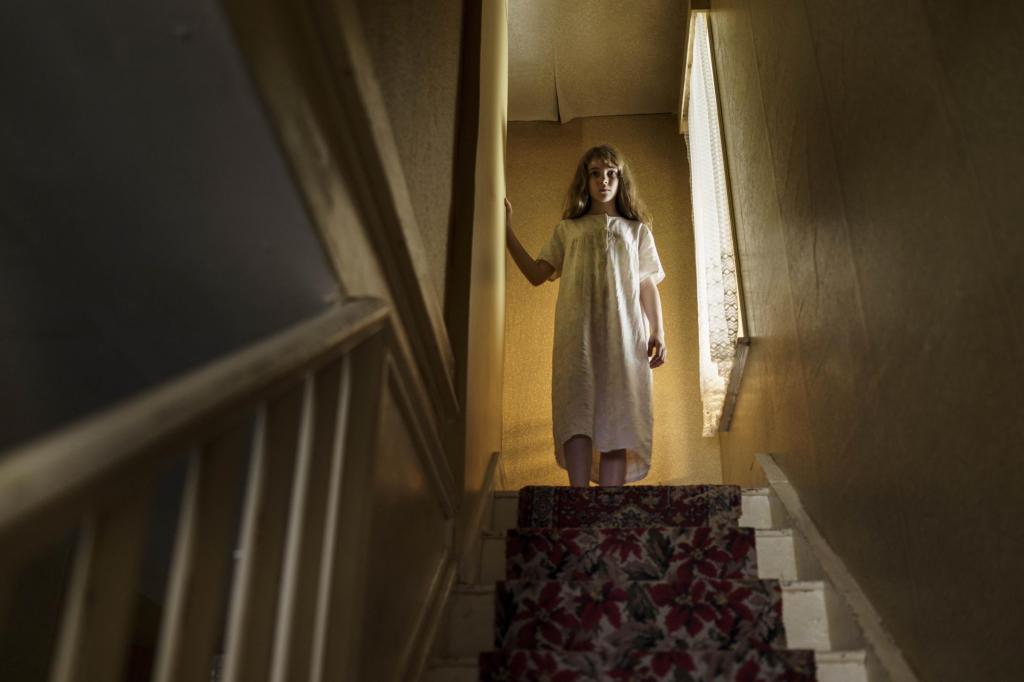
The drama series, like Playfair’s book, provides a portrait of a family in crisis. Like the book, The Enfield Haunting creates a number of possible solutions including an (apparently fictional) malicious old man, Joe, who had died in the house.
Playfair’s book remains a fascinating record both of the extent and the limits of understanding poltergeists. As the author notes, the experience of family members and observers alike is far from glamorous. It is, in fact, as grueling as any other serious domestic trouble which can’t be resolved. In the end this is also what makes the story difficult to dismiss.
***
Ghostland: In Search of a Haunted Country by Edward Parnell 2019 (William Collins) is a memoir of very different kind. Weaving through the landscape of stories, novels, television and film adaptations, Parnell creates a tapestry of memory and emotion using the supernatural in literary arts. It is also a work of cultural conservation, capturing the influences on the generation that grew up in Britain in the 1970s and 80s.

Some of the influences, such as M.R. James, and the TV adaptations of his work, are well known. James’s work comes to the fore in the opening chapter, Lost Heart, which centres around the west Suffolk location of the legendary author’s upbringing. Later, relating how cancer threatens the lives of his own family of origin, Parnell returns to James and to Suffolk both geographically and metaphorically. The chapter is ominously titled Who is This Who is Coming? after the Latin script engraved on an ancient pipe excavated in James’s Oh Whistle and I’ll Come to You, My Lad.
Suffolk Horror: A Jamesian Inversion
Some chapters reclaim less well known writers such as Norfolk-based author John Gordon whose novels The House on the Brink (1970) and Fen Runners (2009) explore East Anglian Fenland folklore. Other episodes are very much about childhood. Parnell recalls coming across a 1980s television adaptation of Lucy Boston’s The Children of Green Knowe. Much later, he visits the house of its setting, which was also the author’s home. Magically, Parnell hears about, and even experiences, some mild poltergeist occurrences.
The author’s muse is, by necessity, fluid and unpredictable, like a like stream of imagination running beneath the more linear details of personal biography and literary appreciation. For the right generation of readers, Ghostland is likely to awaken quite unexpected memories, throwing up odd bedfellows in the process. Along with literary works such as L.P Hartley’s The Go Between we experience one of Britain’s morbidly effective television ‘public information films’ aired during the 1970s when everyone watched the same two or three channels. A deathlike figure lurks in the background while children play around a deserted pond. We see tragedy unfold to the doom-laden narration of actor Donald Pleasance.
As Ghostland is essentially a memoir of theme rather than place, Parnell moves from east to west at will exploring, for instance, David Rudkin’s coming-of-age folkloric television play, Penda’s Fen set in the Malvern Hills, with Elgar’s Dream of Gerontius providing the ruminations about national identity and divine judgement.
Excavated Devils and Pagan Kings
One story Parnell revisits is Rudyard Kipling’s They set in Kipling’s adopted county, Sussex. They makes what is, for the classic ghost story, a surprisingly rare connection; it places the supernatural within the same emotional space as personal loss. The bereaved Kipling invokes the spirit of a child much like his own late daughter.
The sense of grief which you would think ought to be at the very centre of the ghost story is, traditionally, quite absent. This contradiction provides the pivotal theme of Ghostland. Real tragedy, it seems, pushes out the genre. As Parnell notes in the later Suffolk chapter in which he faces his father’s terminal illness, “I’d stopped reading ghost stories by this point. Suddenly the didn’t seem as entertaining.”
For the depth and scope of information about British-based supernatural art — literary and filmic — Ghostland is a remarkable work. But in sustaining a juxtaposition between real life loss and supernatural fiction, it may also be unique. It is certainly poetic and highly original.
***
Paul Butler is the author of Mina’s Child, a novel which shifts Dracula‘s story ahead one generation from the 1890s to the 1920s and deals with the doubts that the Harkers’ daughter has about her parents’ tales of an evil foreigner and women’s demon sexuality.
Mina’s Child is widely available through most book retailers and can be ordered in time for Christmas 2020. In Canada, it can be purchased through any good independent bookstore, through the publisher Inanna, through the Chapters-Indigo chain or through amazon.ca. In the US, Mina’s Child can be purchased through Barnes and Noble or amazon.com In the UK, it is available through W.H. Smith’s and amazon.co.uk.








